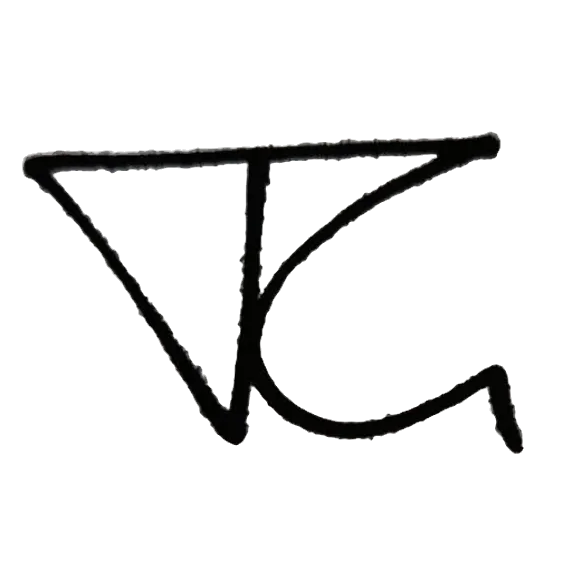Tokchik meditation and AI - Complementary ways of using intelligence: combining line fishing with trawling. Daniel P Brown.
- Till Gebel
- Mar 15
- 3 min read
Still keen to use your own brain? Then read this. Or have you delegated everything to AI? Then read this too, to find a way back, using an old creativity method. |

This post describes a possible way to combine "fishing in the ocean of one´s mind / consciousness / subconscious" with using artificial intelligence. It describes "tokchik", a high-performance Mahamudra creativity technique that was taught by Daniel P Brown, the deceased meditation teacher, executive coach and psychologist. I have described Tokchik in a previous post. Here, I want to contrast Tokchik with the use of AI.
Tokchik meditation and AI: two approaches to fishing ideas
When we compare the Tokchik meditation method to artificial intelligence, we're essentially looking at two very different approaches to accessing knowledge and generating insights. They have interesting overlaps.
Remember the cosmic ocean analogy I had used. In Tokchik meditation (other than using AI), you're the fisherman in a small boat, casting a single line with a specific intention into the vast waters of consciousness.

Your focused attention creates a connection that attracts related ideas and insights, which naturally organize themselves around your question. As explained, this is neurologically sound.
Now, see how AI works through this same metaphor:
AI: Industrial fishrawling in the data ocean
Unlike the meditative fisherman with a single line, AI operates more like an industrial trawler in an ocean of data. Imagine a giant fish trawler, with nets.
Maybe as a human, you can actually imagine the trawler, seen from below the surface of the ocean. ChatGPT´s DALL-E has a serious problem with this task, and instead drowns the crew.
A Dalle-E failure...

Where your meditation boat sits on the surface of consciousness, AI's massive vessel navigates a sea of information explicitly encoded by humans—billions of documents, conversations, books, and media. That includes all the midnight-crap we produce, forlorn love poems and Reddit fights, btw.
With AI, instead of a single golden lure representing a focused intention (Tokchik), AI thrwos a vast "computational net". This net is made of complex mathematical patterns (neural networks) that have been trained to recognize relationships between concepts through training by enormous amounts of text: actually, nearly the entire production of human knowledge.
When you ask an AI a question, it's not accessing a field of pure consciousness, or its "subconscious". It doesn´t have a "subconscious", although its knowledge is organised of layers of abstraction.
Rather, it's rapidly dragging its net through the data ocean, collecting fragments that statistically relate to your query. Its "insights" aren't emerging from a transcendent field of awareness but are reconstructions based on patterns it has learned from human-created content.
Where the analogies converge and diverge
Both approaches aim at organising knowledge around a specific question or topic of interest, but they differ:
Source of Insights:
In Tokchik: The insights emerge from your own mind — accessing intuitive knowledge beyond your normal thinking.
In AI: The insights are statistical reconstructions based on existing human knowledge that has been digitized.
Mechanism of Discovery:
In Tokchik: Patient, focused attention balanced with an ocean-like awareness creates space for insights to naturally emerge and organize, by "crystallising" around the lure.
In AI: Massive computational processing rapidly identifies statistical patterns relating to your prompt, based on giant matrices of knowledge encoded as numbers.
Relationship to Time:
In Tokchik: You enter a timeless state where insights can emerge from a seemingly timeless field, although this is not so easy to imagine without good guidance.
In AI: The system operates within normal time, processing information at incredible speed.
Connection to "the Source":
In Tokchik: You imagine maintaining a direct, conscious connection to the insights as they emerge.
In AI: The system creates an illusion of connection, but it's actually processing patterns without consciousness or awareness (although some people think differently).
Complementary approaches
Coming back to the original question: despite these differences, these approaches can be complementary.
AI is really good at rapidly collecting (fishing) explicit knowledge that humans have already captured, while Tokchik meditation provides a way of accessing the implicit, intuitive knowledge within one´s own consciousness / subconcious / memory banks or however you want to imagine this "source".
You might use AI to gather what humanity collectively knows about a topic, then take that information into a Tokchik meditation to allow your own consciousness to integrate and extend that knowledge in ways that are uniquely meaningful to you. |
So here we go: maybe there is still a place for original human creativity! Although Tokchik is "pre-ai", maybe it´s still fun to try.



Comentarios